The Article
Supernait 3 Amplifier From Naim
8th October 2020
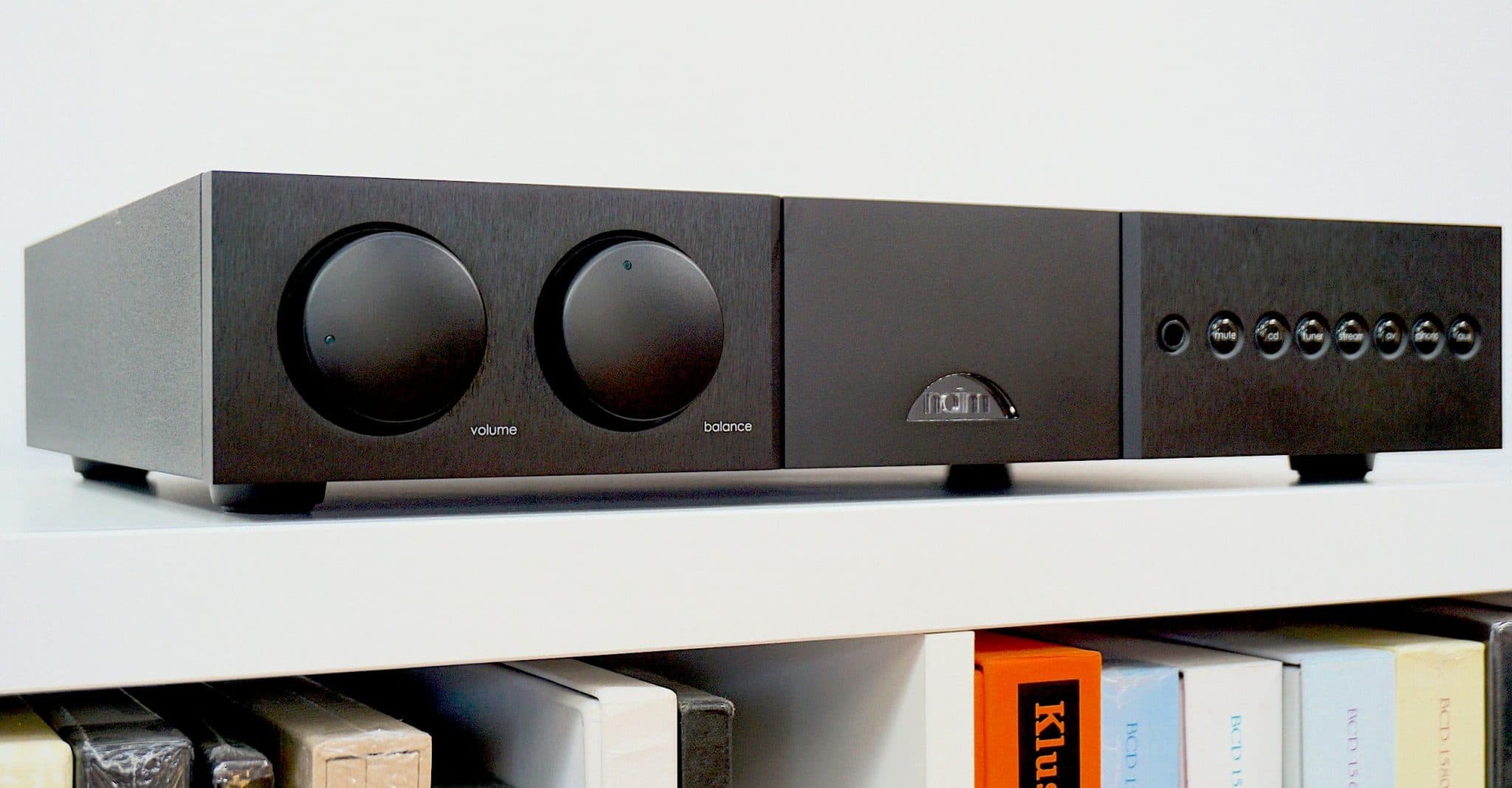
Packing a lot into a relatively slim chassis, Paul Rigby reviews this solidly built integrated amplifier
I remember running a Rega Mira amplifier, way back when. I was looking at an upgrade and popped over to Castle Hi-Fi in Nottingham to check out what was new and exciting.
I left the shop with three boxes. The first was a Naim CD5 that replaced an old Marantz that had died on me. The other two were a NAC/NAP pre and power duo: my first entry into the heady world of chassis isolation.
I loved them to bits too. Solidly built, reliable, big bass, confidant sound, no obvious sonic issues at all, the Naims provided the heart of my system.
Since then, I have been dazzled by the bright lights of the hi-fi industry, the design innovations, the amazing sounds and the knitted cardigans. Heady stuff indeed.
Opening the box for the Supernait 3 was like coming home, then. Not much has changed in all those years. The same heft. The same chassis texture. The same fascia buttons. The same green light illumination. The same feeling of solidity and reliability.
So, this review’s going to be a biased travesty, penned by a Naim fanboy and written in a cloud of cuddly nostalgia, no? Well, no.
It doesn’t work quite like that. Since my original Naim ownership, many grooves have glided by and my ears have grown callouses. I’m not as wide eyed as I was. Grizzled? If I don’t shave, maybe. But this Naim was going to have to impress or ship out (via DPD, no doubt).
So what do we have here? Before we get to the box itself can I ask why you’re given a manual – so large – it had to be perfect bound and spans over 100 pages? What is this, dBase3 for the PC or something? Two thirds of the manual isn’t even devoted to the Supernait 3 while most of the remaining third is a prospectus for a language night-school course. In fact, of the 100+ unwieldy A4 pages, I could only use four. Yes, four. Around eight sides of A4, if you combine a couple of extraneous bits and bobs, printed a bit further on. Just give me a leaflet, Naim.
As it is, I feel like I’ve been handed a tablet direct from the hands of Moses.
And in that manual, why are the button/socket captions (the captions that explain what each button and socket actually does) covered by obscure picture icons that would need a pocket-sized Rosetta Stone to translate? And why is the key to those icons, 11 sides of A4 further on in the manual? And why don’t the icons feature the same labelling as those on the actual amplifier? (The actual image chassis labelling is so low resolution, you can’t even see them.)
And if you are going to offer the public a downloadable version of the manual from your website – and that is appreciated, I have to add – then please don’t feature low-res, fuzzy images with poorly laid out floating captions (see the remote control section for that surprise).
But back to the plot and the black, powder-coated amplifier and while the Supernait 3 is not small, it’s not a space hugger either. At 87 x 432 x 314mm, it can be described as pleasantly compact but the weight of 14kg hints at quality within.
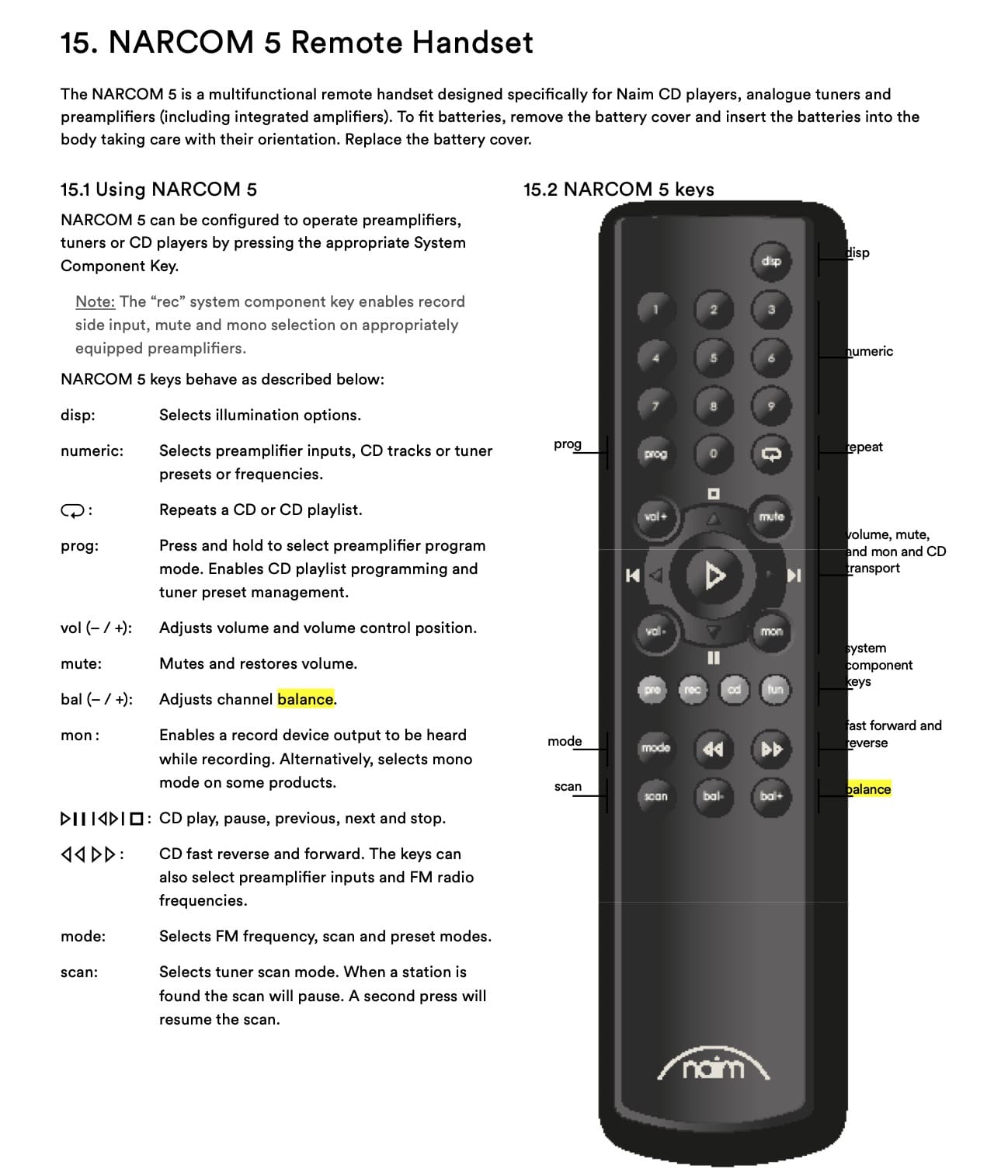
Before we do that, let’s take a quick 360 degree, guided tour. On the front left are two very large knobs supplied by Alps. So you would expect prominent controls via a respected parts supplier like Alps to control pretty important functions, yes? The first is gain. Yep, critical. Essential to an amplifier’s operation is gain. The second control here handles the…balance. Balance? Why? Why is a balance control even on an audiophile amplifier valued at £3.5k? More to the point, why is it given such prominence? I’m mystified. It doesn’t even feature a naturally centring click/notch around the 12 o’clock position. You have to gauge that yourself.
These days, a balance control is such a quirky, niche thing I only expect to see them on 70s wannabe designs that also feature treble, bass and loudness controls or Japanese-sourced amps who want to recapture the glory days of old.
But a Balance control on a £3.5k Naim? And a whopper at that? Is it there for aesthetic reasons, I wonder? I also wonder, if it was removed, how that might affect the price or free up the build budget for more essential items?
But let’s move on.
The central part of the front facia features a Naim logo that goes green when powered on. The right side of the fascia holds the solid, now classically designed input select buttons, a mute control and 6.35m headphone socket. Yes, there’s a built-in headphone amplifier here. Plugging in a pair of headphones will mute the speakers. A good thing.
Around the back is an IEC power socket and rocker power switch, speaker connections for banana plugs only (No spade connections, then?), four single-ended inputs, phono and sub, Naim’s own DIN socket options, pre-amp and bi-amp options and upgrade sockets. As usual with Naim there’s plenty of options to upgrade the Supernait 3 with Naim’s own external power supplies such as the Flatcap, Hi-Cap and Supercap units.
A remote control is included that allows you to switch off the front fascia display lights.
My final point regarding sockets and the like is the access to the phono amp. Again, I have to ask, why? Because this is a moving magnet-only phono amplifier. There is no moving coil choice here.
I would not, I repeat, would not recommend hooking up a turntable to a £3.5k amplifier and running it via a moving magnet cartridge. That is a source-derived bottleneck staring you in the face, right there. To be honest, I wouldn’t recommend an internally fitted phono amplifier in the first place but such a unit can be useful if you’ve just bought your amplifier, funds are low and an external phono amplifier is not yet viable, financially.
On those terms? Sure, a built-in phono amplifier is a good temporary option but a moving coil only for this price point. Moving magnet support? It’s a mistake.
Apart from the above, generally speaking, the Supernait 3 is another solid, well-built, nicely designed unit. Picking it up out of the box, you can feel the value the quality.
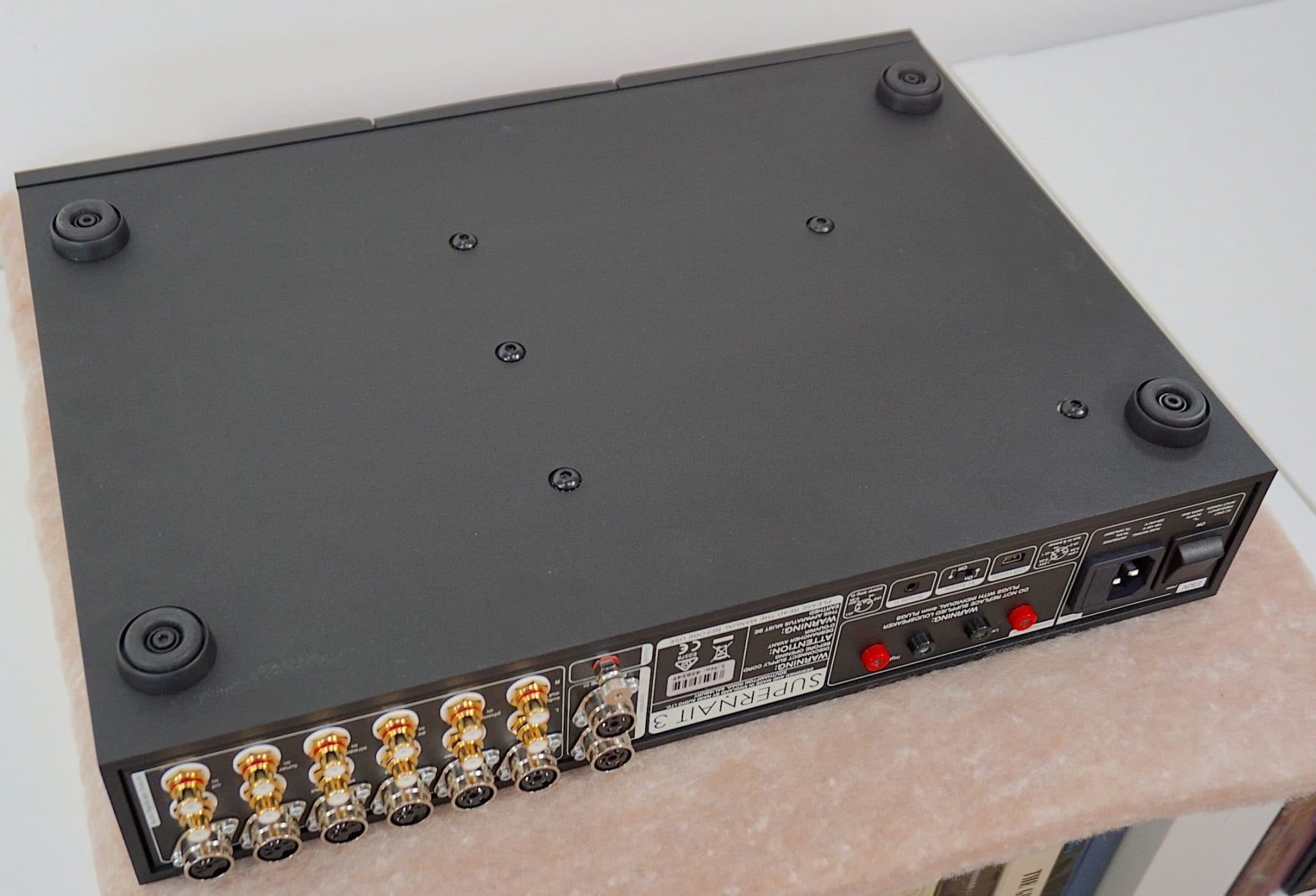
Inside is a Class A preamp output stage which features the headphone amplifier I mentioned while ceramic heatsink technology, “…minimises capacitive coupling between the chassis and output transistors for optimum sound quality,” said the company.
Inputs are each individually decoupled and hand-wired to minimise noise while internal switching employs “ultra-low-noise, constant current” sources.
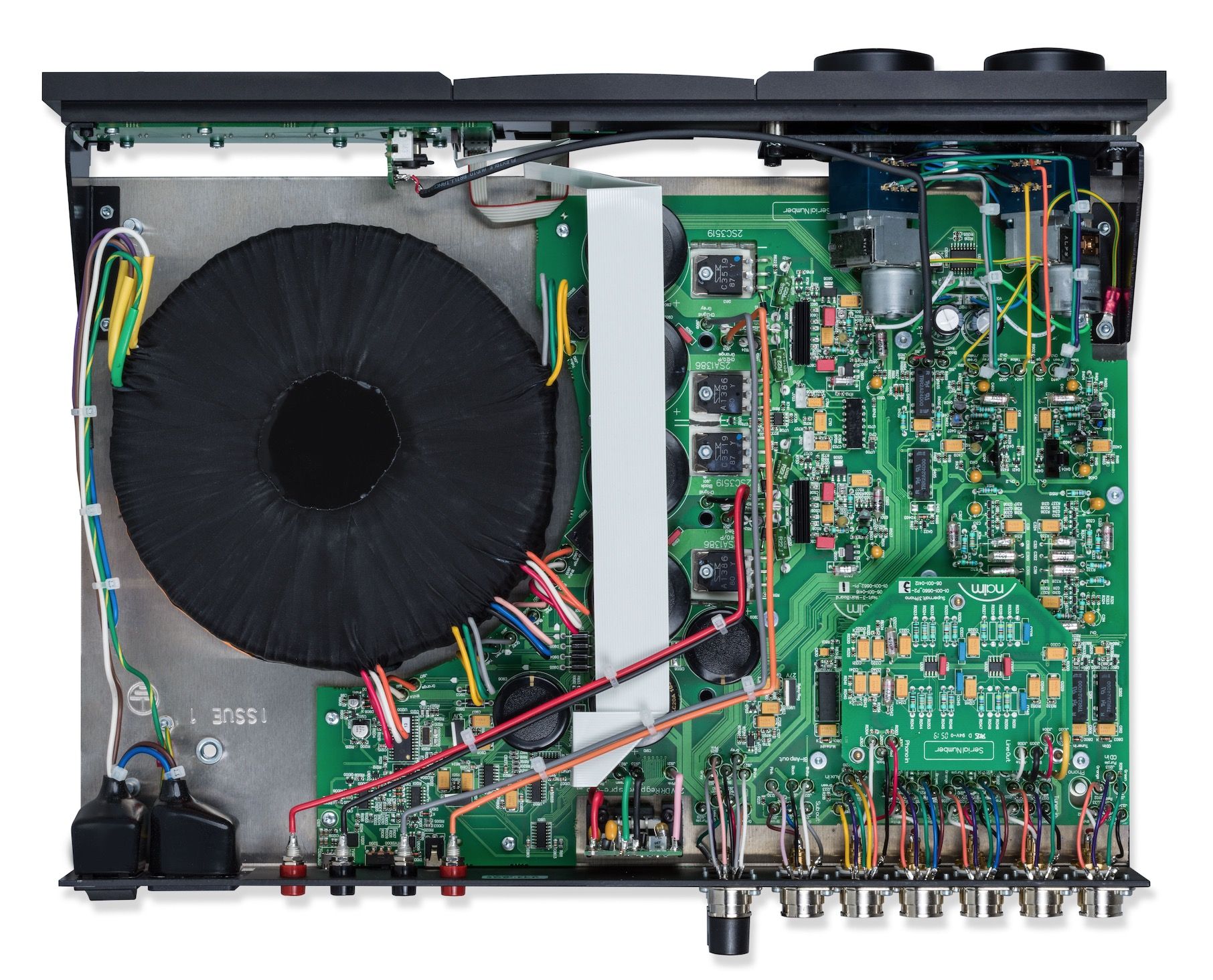
And the main reason for that weight? The whopping great toroidal transformer in the power supply.
Once you switch on, be prepared to wait 20 seconds while the innards warm up, then you can be away.
So how does all of that actually sound?
SOUND QUALITY
I played Kati Melua’s startlingly good new album, the smoothly chilled Album No.8 which features a Melua-voice-on-castors, smoothly running alongside an orchestral backing.
I have to say that the sonic performance from the Supernait 3 is fascinating. This integrated amplifier has a real confidence in its performance. It doesn’t strut around in an excitable fashion. Some amplifiers are rather macho and full of testosterone and like to not only throw their weight around but be seen to be doing so.
The Supernait 3 retains the same strength and power but its presentation is lower key and restrained. You know that this is a powerful unit but the amp never greets you by slapping you in the face. Instead, it offers a firm handshake. With a slight smile and a twinkle in the eye, you know that there’s power to spare if required.
Hence, bass is all over the soundstage. Well, underneath it as bass underpins the music. Bass guitar is easily tracked here as is percussion while the lower register piano notes are resonant in their delivery.
And then there’s the upper midrange and treble. This area is interesting. It’s not airy or terribly spacious. The clarity is not present in abundance yet the expected detail is definitely there while noise is low so all of the information you need to hear is present and correct. I could easily hear cymbal taps and acoustic string plucks, for example.
In fact, you will hear information here that you may not hear with closely priced competitors but that information is thinly coated with a slightly warming presentation. This amp is not ‘warm’ per se. It’s not sweet. What it does is paint a thin coat of low frequency enhancement over the mids and treble. Not enough to veil detail but enough to give the information a perceived sincerity, a self-assurance that comforts, a composure and poise.
In many ways, the Supernait 3 sounds what many people expect expensive hi-fi to sound like: strong, in control yet calm and unhurried.
I know, there’s a lot of metaphor and imagery there but that’s how you feel when you listen to this box. You’re happy to let the Supernait 3 handle the heart of your hi-fi. You know it will do the job.
Melua strolled though this LP in a relaxed, cool and calm manner. And why not? She had the burly Supernait 3 as company. What harm could befall her?
Searching for more dynamic fare, I turned to New Order’s album, Republic (CentreDate) on CD and the track, Regret.
This release does suffer from a measure of peak-limiting compression so can be hard on the ears. The Supernait 3 doesn’t shy away from this problem. It tells you all about it which is what I want, to be honest. I don’t want my hi-fi to sugar-coat issues. I can take it, Doc.
Even so, I could hear that strength here, the sheer potential was almost volcanic. The grunt behind the bass was immense and yet there was a tremendous amount of delicate information on offer here too. The lead guitar strums, the backing bass was a foundation for the entire track, the drummer’s ride cymbal was there, the high-toned acoustic string plucks could be heard through the cacophony.
Yes, the tonal balance leaned ever so slightly towards the bass so neutrality was not strict but that didn’t take anything away from the performance which remained impressive.
This electro-rock track was driving, forceful, full of detail and most of all, it dragged you into the performance. The Supernait 3 is nothing if not involving. I challenge you not to tap the foot, nod the head and sing your heart out when listening to this amplifier. This box has soul.
CONCLUSION
Offering a great build quality, a solidity that is a watchword in the industry as a whole, a classic, traditional yet subdued design and a simple, easy-to-use interface, the Naim SuperNait 3 sits like a piece of granite in your hi-fi chain.
And in that chain, it will take control of your entire hi-fi chain by the scruff of the neck and never let go. Providing an assured performance, be glad that this beast is on your side.
NAIM SUPERNAIT 3 INTEGRATED AMPLIFIER
Price: £3,499
Web: www.naimaudio.com
GOOD: bass control, detail, confident presentation, expandability options, build, ease of use
BAD: manual, balance control
RATING: 8
[Don’t forget to check out my new Patreon Page at www.patreon.com/audiophileman, for exclusive postings, giveaways and more!]
REFERENCE
Origin Live Sovereign turntable
Origin Live Enterprise 12″ arm
Van Den Hul Crimson XGW Stradivarius Cartridge
Icon PS3 phono amplifier
Aesthetix Calypso pre-amp
Icon Audio MB845 Mk.II Monoblock Amplifiers
Quad ESL-57 Speakers with One Thing mod
Blue Horizon Professional Rack System

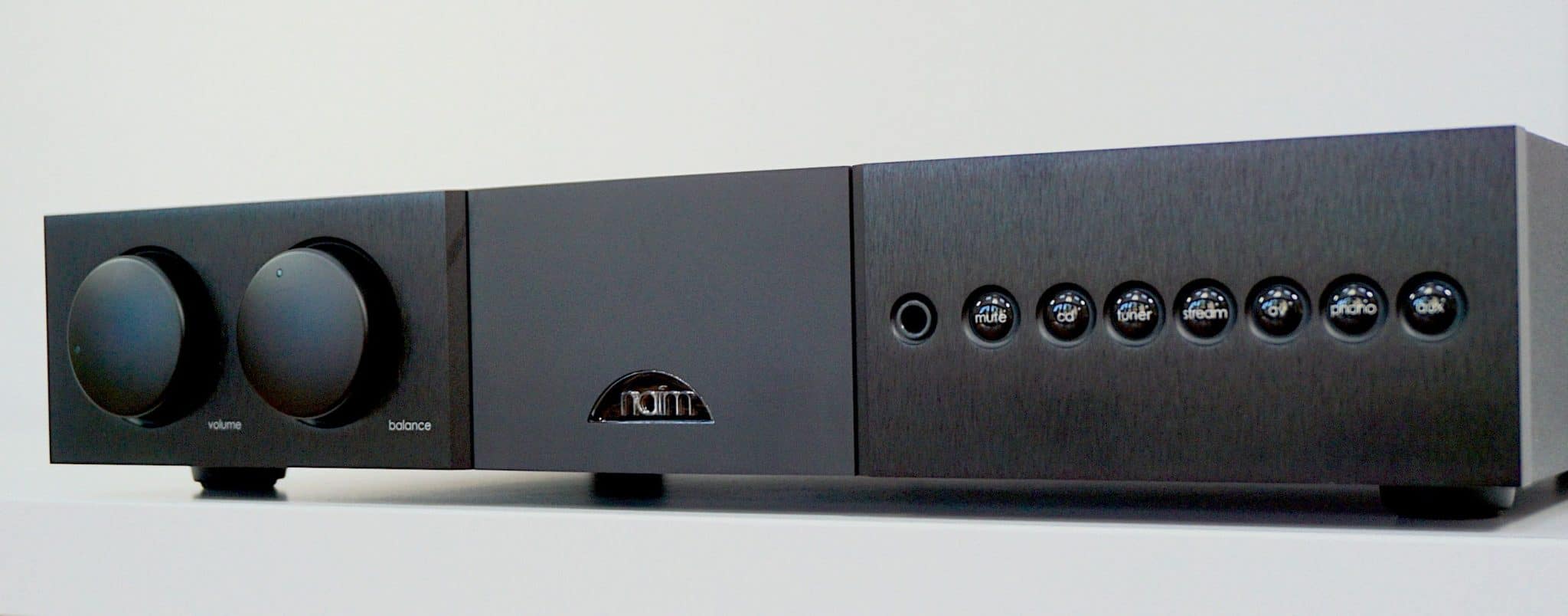
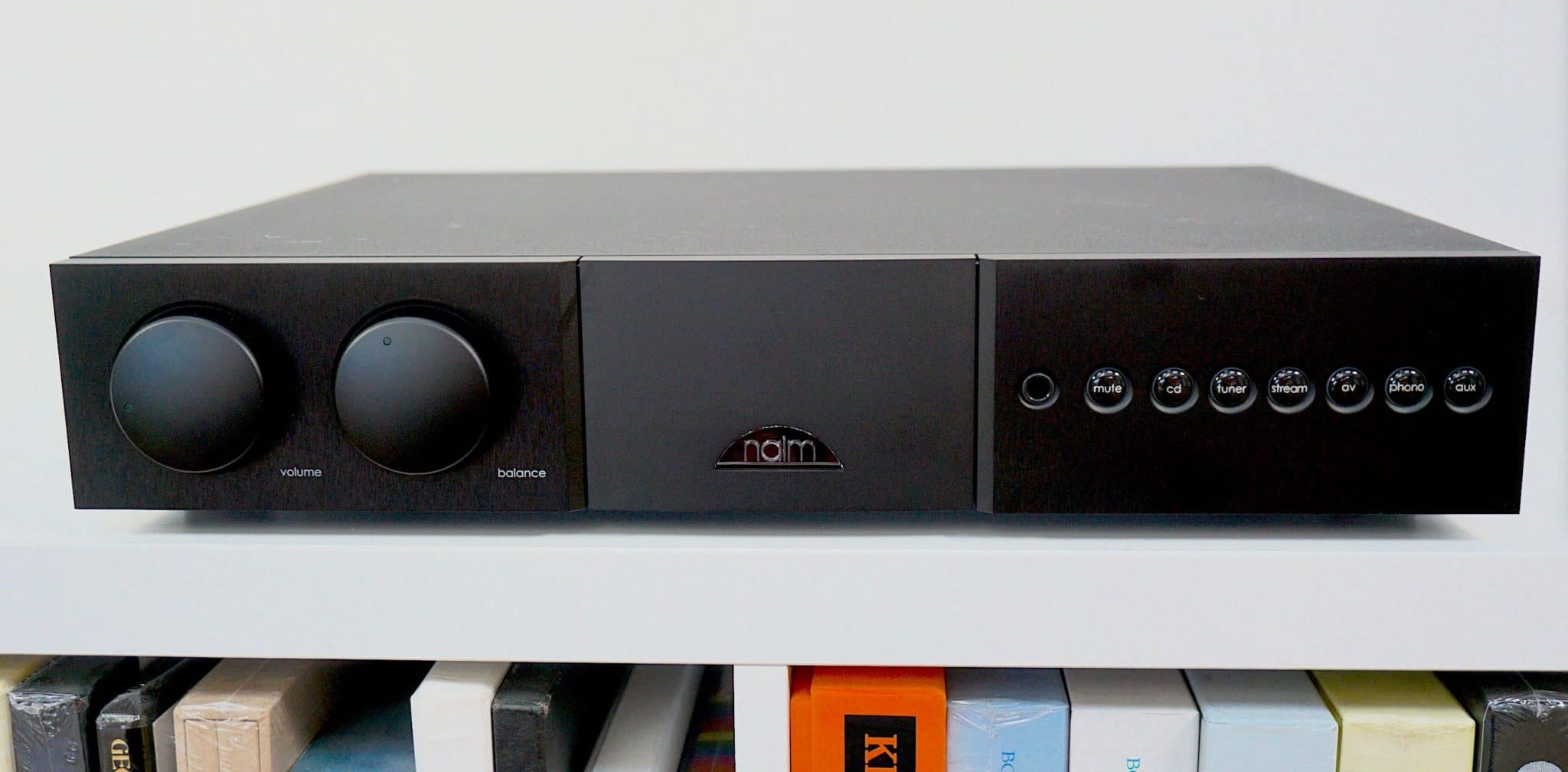
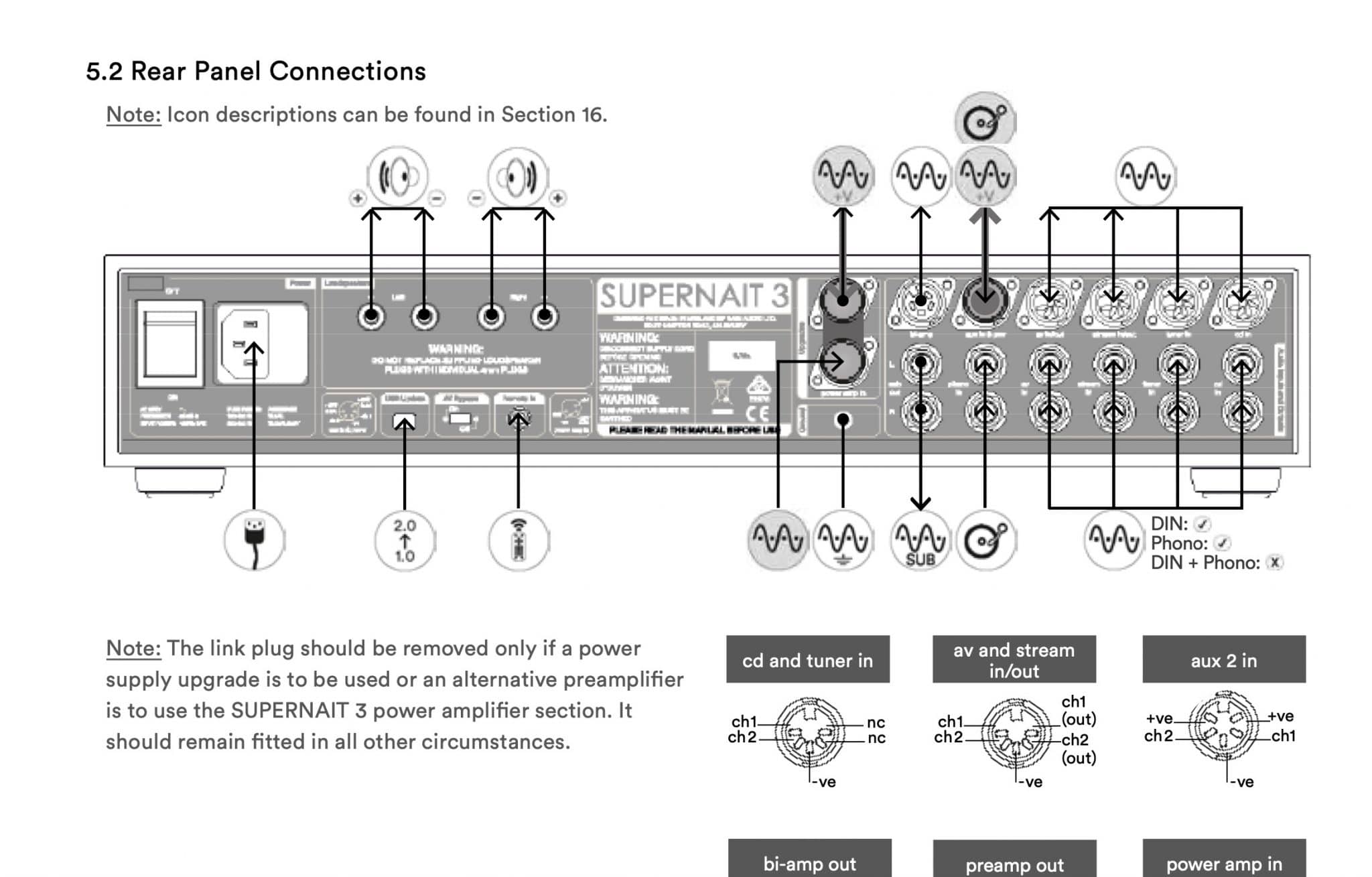

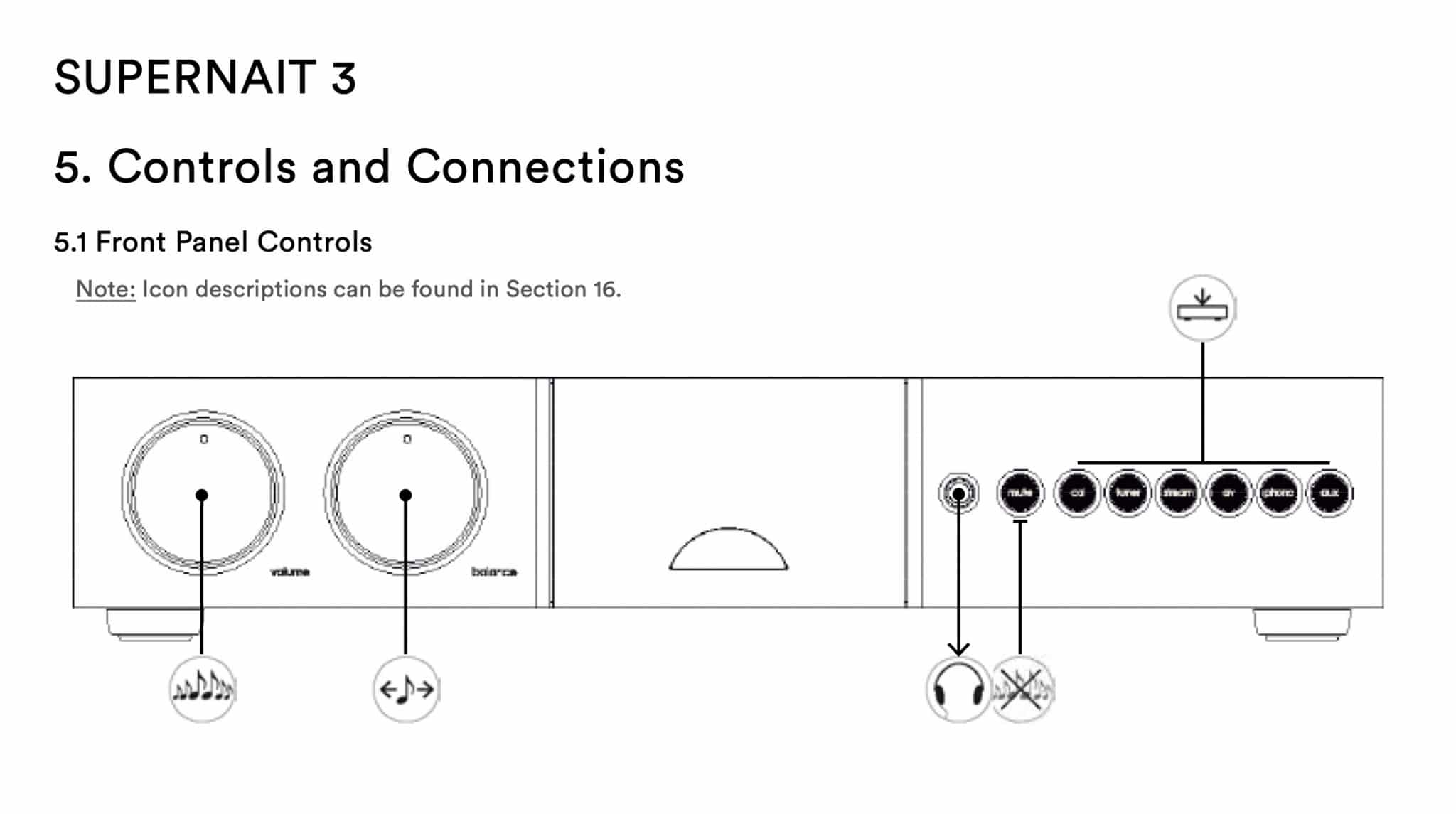
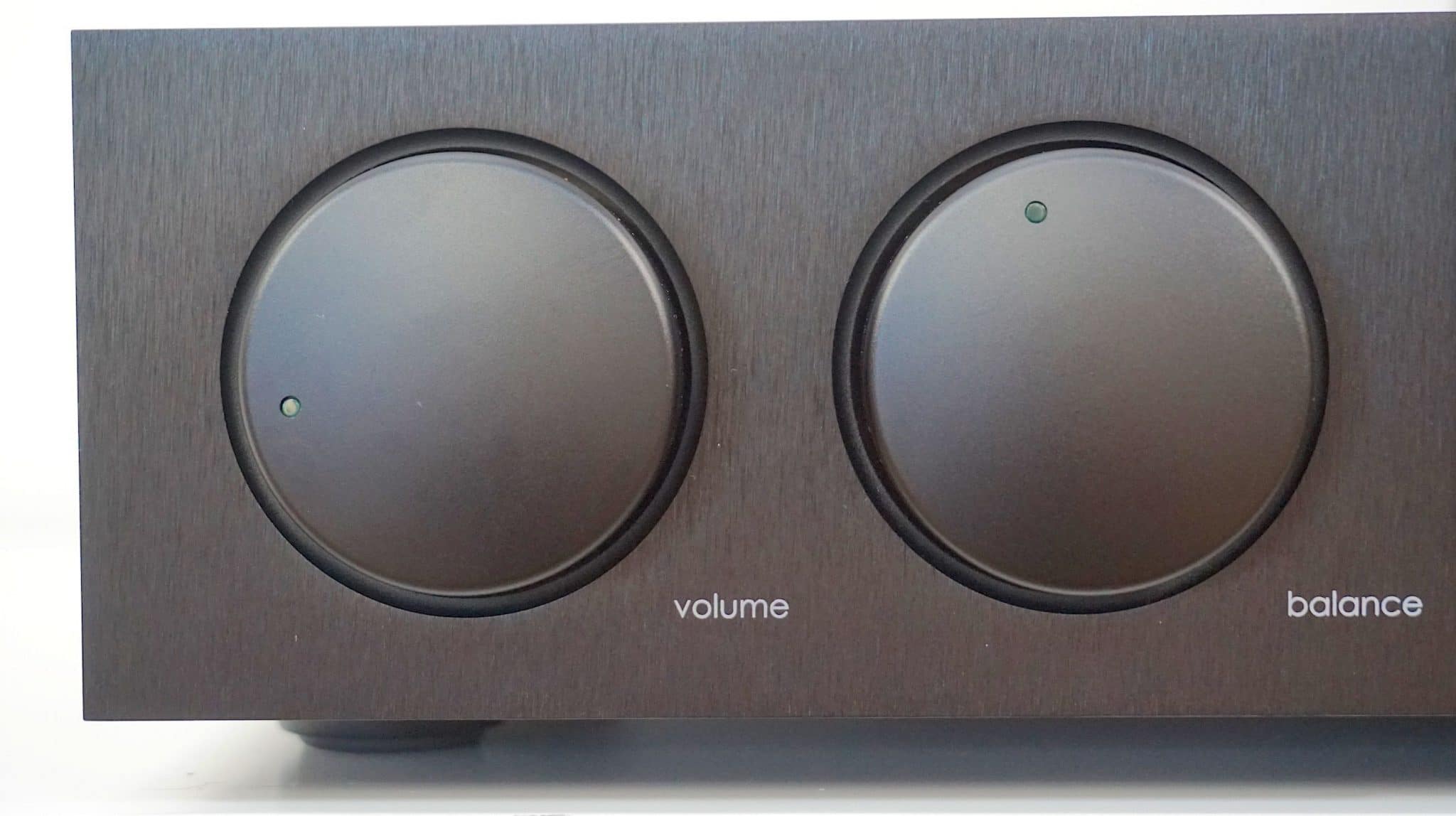
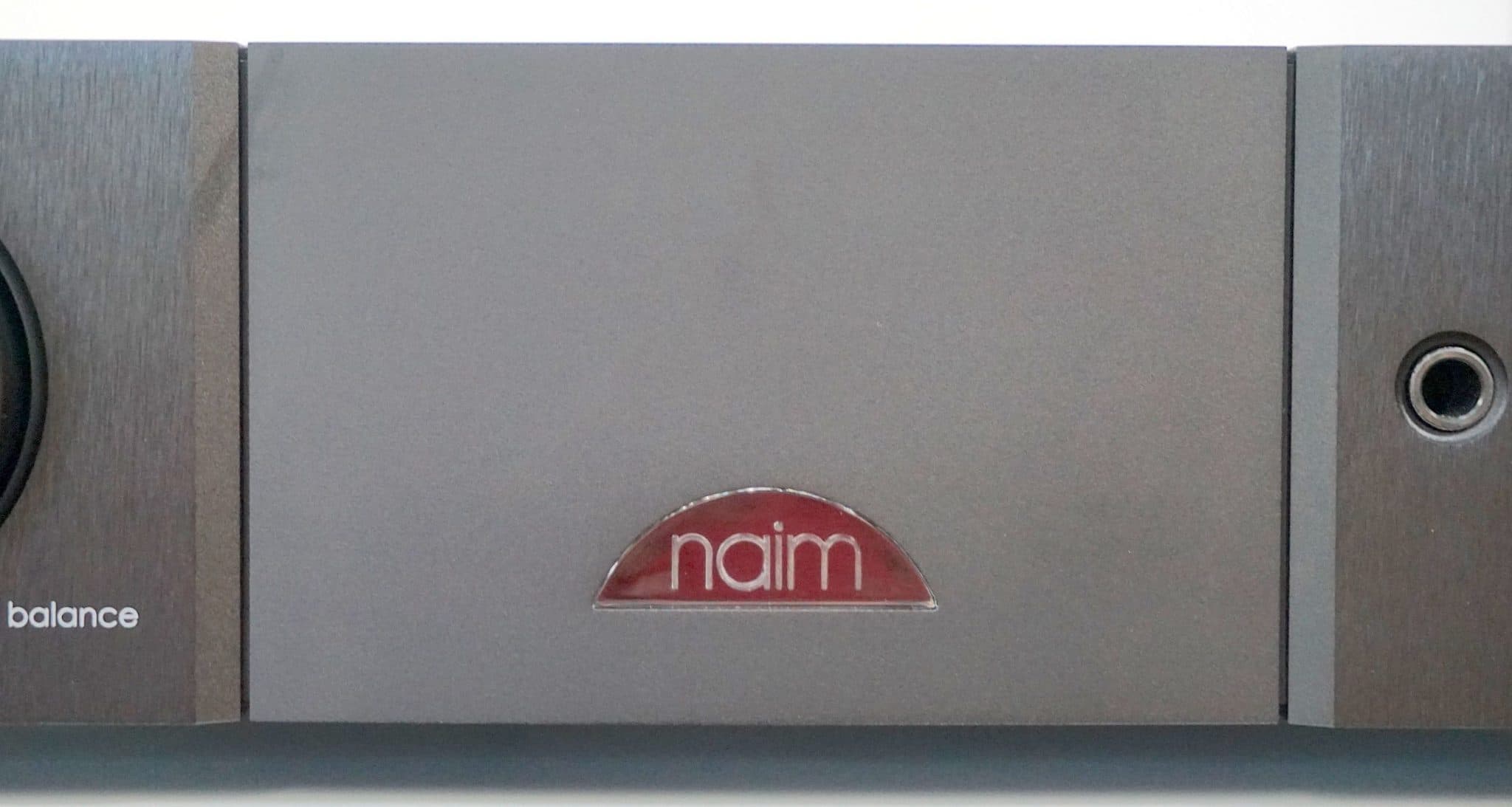
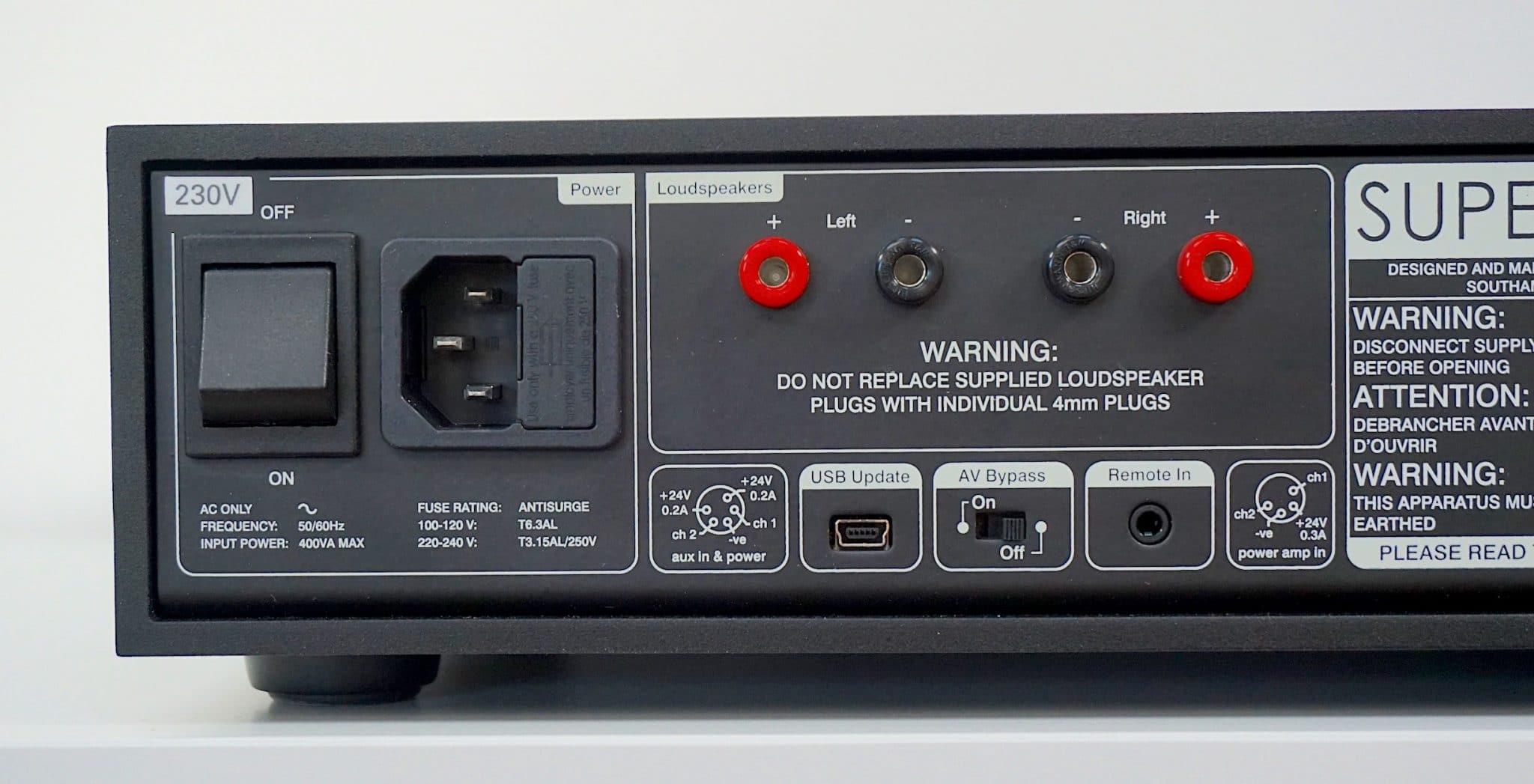
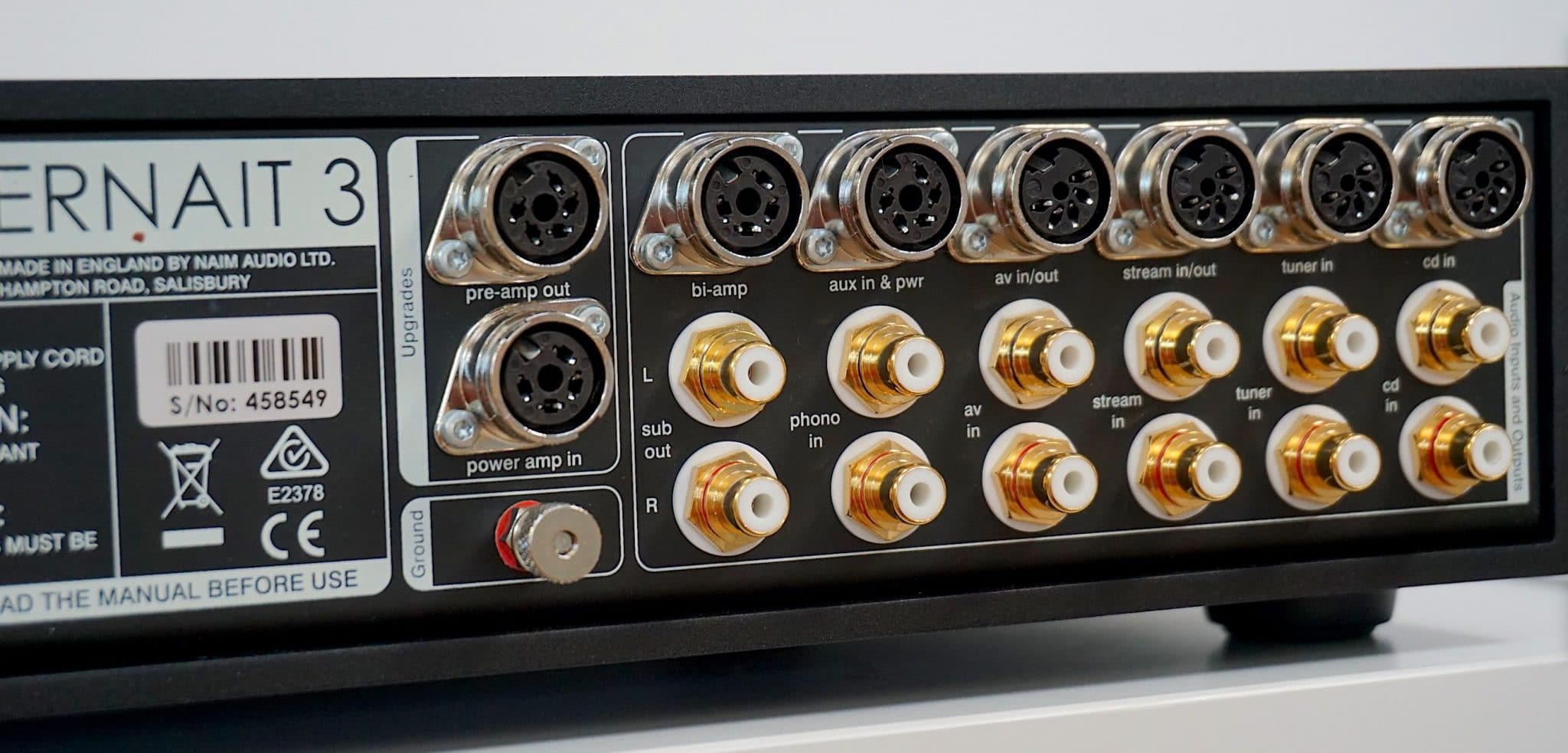

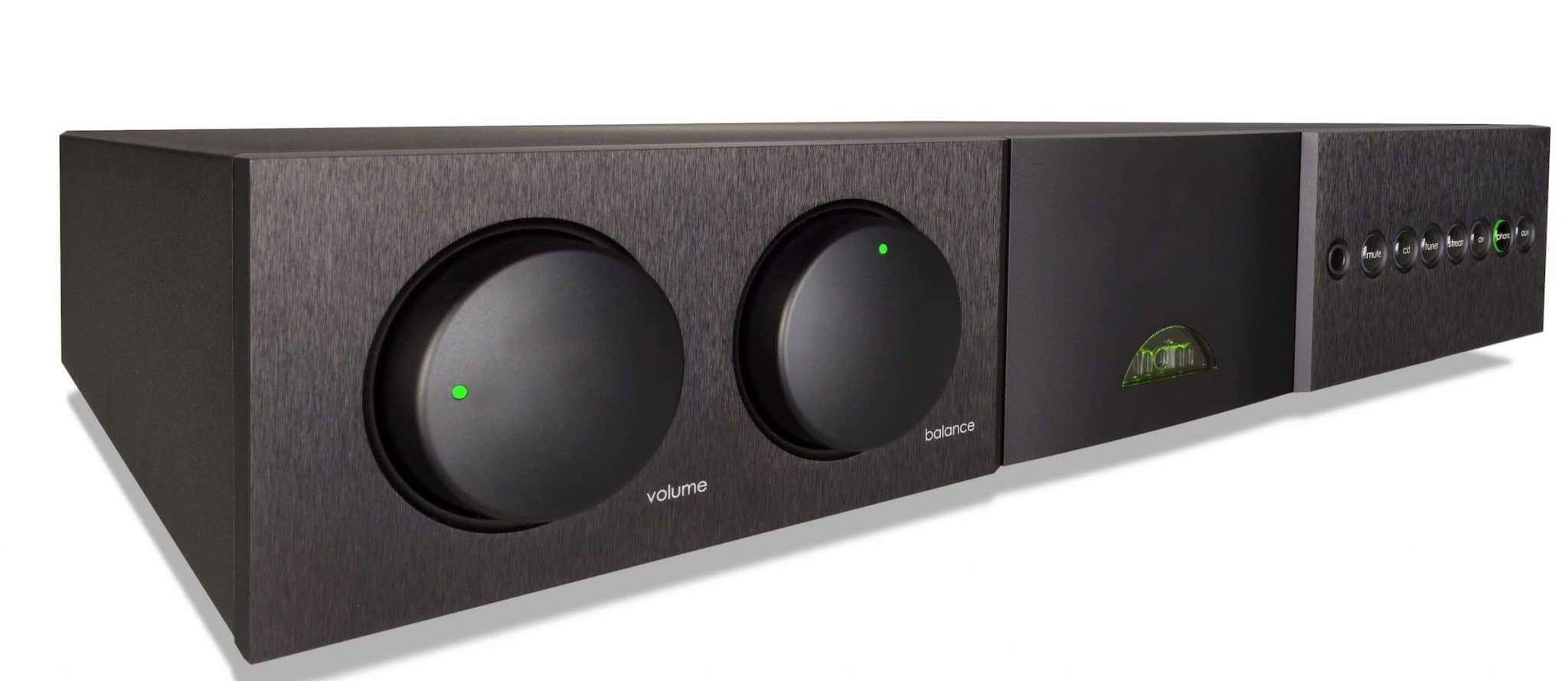
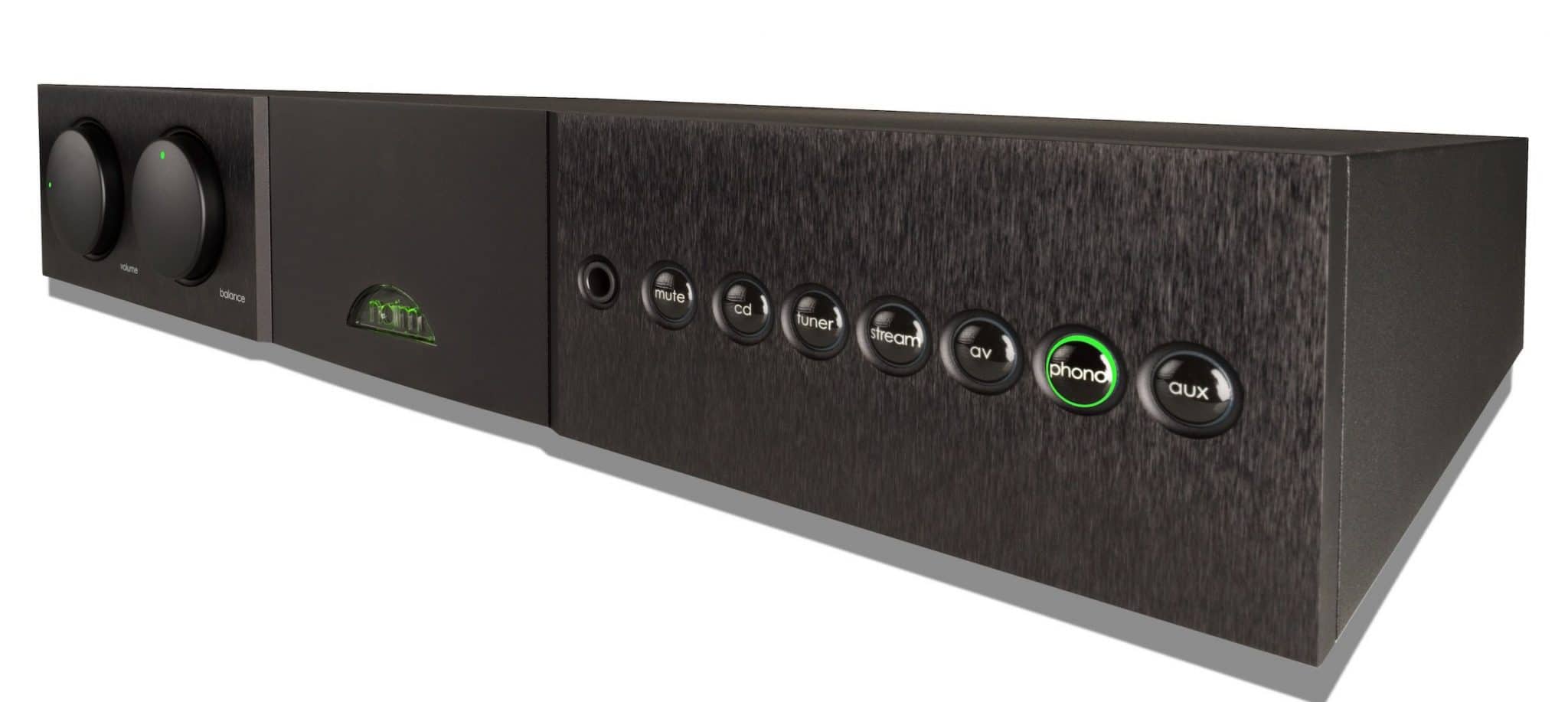
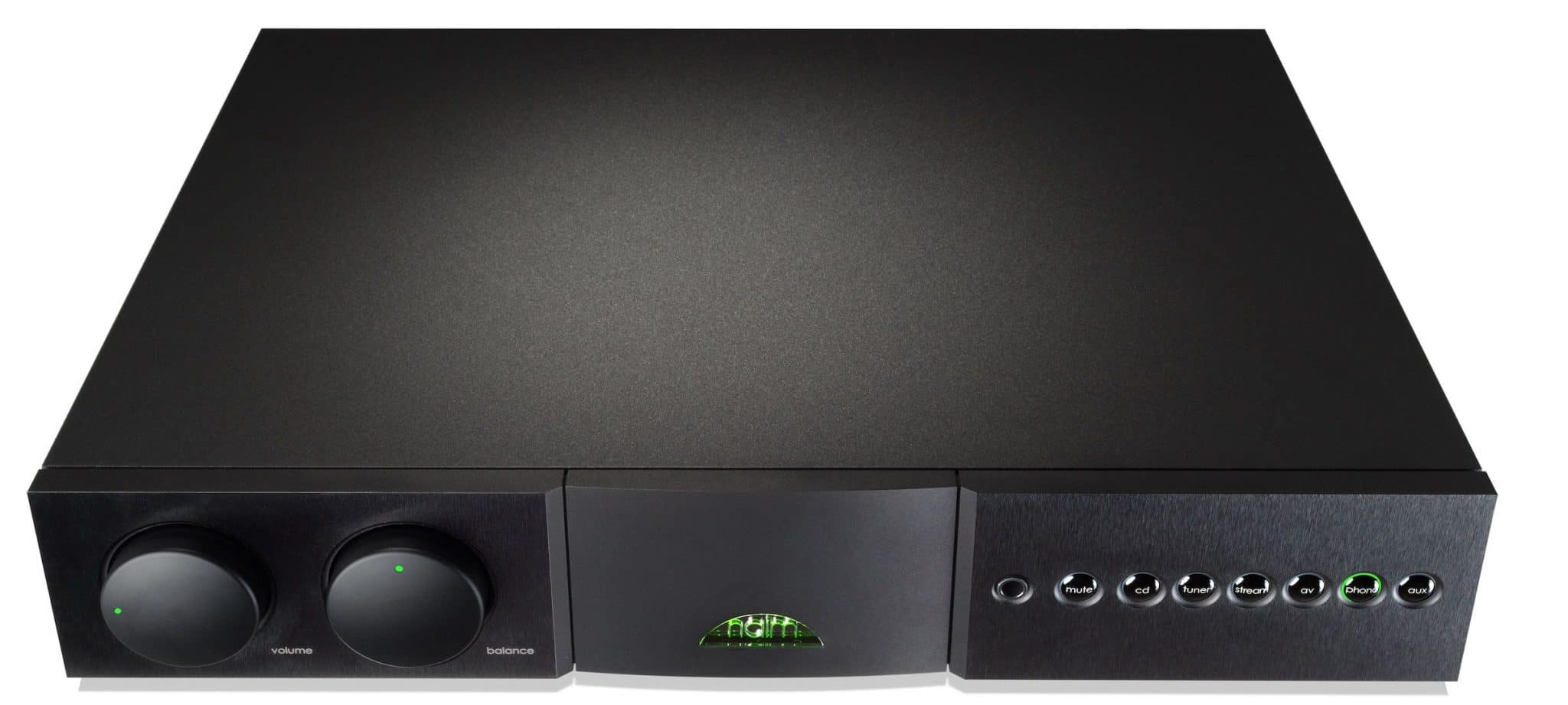



Thanks for the review, Paul! Very entertaining. I do prefer so much your written reviews over the YouTube ones!
If the moving magnet stage is of exceptional quality, I can see the point of including it. No, customers of 3.5K amps will not be using a moving magnet, or not often. But some may use high-output MCs. And even more may prefer a step-up transformer for their cartridge’s low gain problem, rather than a dedicated MC input.
cheers,
C
Thanks for the text vote, Carl 🙂 Part of the reason for the YouTube versions of reviews is the demand from a section of the site/channel followers but, I must admit, I prefer the text too. Good point on the high output MCs.
Hello Paul,
Great review, love Naim as well, loved the nait xs3 i tested, and will be checking out those two albums you mention. There is solething special indeed with that Naim sound and you explained that beautifully.
Best regards
Geoff
Thanks Geoff!
I wonder how it would compare to the Hegel H390.
I do not need phono capability, which is why I will never purchase the SN3. I do not recall the last time I used a balance control, certainly many years ago. I am familiar with the SN2 and have been able to compare it to the SN3. Both sound very good. I struggled to tell them apart. The SN2 is available brand new, warranted, for ¬£1300 less than the SN3. The same price as the upgraded, phono capable, XS3…therefore, I am seriously tempted by the SN2.
Your comments on Naim manuals are spot on…they are, without beating about the bush, complete crap. I speak as a Naim owner.
For family / room layout reasons beyond my control I usually have to sit in an offset listening position. So here’s one vote for a balance control that’s audiophile-friendly.
Hi Mike – it’s not its inclusion I have issues with, it’s the space it takes up and the relative cost of the unit itself. The same function could be performed with a much lower cost control positioned in a less intrusive way freeing up both space and build budget for items that more directly affect sound quality.
Hello. I just bought a Supernait 3 and was wondering what cartridge would you recommend to pair with the onboard phono stage. Tried my Rega Elyse but the highs are brittle as Rega carts usually pair with 100 ohm loading, the Supernait’s is 470. I appreciate your response.
What turntable are you using, Rafael?
A Rega Planar 3 with Elys 2
OK thanks – with that set up, I’d say the first move is to buy an external phono amp and then make a judgement.
Hi Paul, I have a Cyrus pre2 Dac and an x Power. If I upgrade with Qxr card and psx-r, the total cost would be approx the same as an SN3. Would it be better to continue on that upgrade path with Cyrus, or from a sound perspective consider trading in for an SN3 ? Second question how would my current system compare to Naim Nait xs3 sound perspective again? (Speakers are lovely pmc twenty5.22i, and i know I would have to get a Dac if I jump ship to Naim). Just interested in what you would do. cheers Anthony.
Hi Anthony – if loved Cyrus as much as you appear to do and enjoy the sound of the same then I would first look at that company’s products before jumping ship and completely changing the approach to sound. Naim has its own sonic perspective which is not for everyone, I know. So I would organise (when you’re able, there’s no rush) a series of demos for new Cyrus gear first before considering moving outside for inspiration.
Paul, thanks for an articulate review. Being new to Naim and a recent SM3 owner, I was wondering if you can help me. Which RCA input should I use to connect a Rega Fono? I would have thought aux, but I believe it is actually intended for a different use. Perhaps AV?
Thank you.
Many thanks – an Aux is fine, if you fancy plugging it in there. Any input on an amplifier is ok for this sort of thing as long as it’s not a ‘phono’ input because that signifies that your amp already has a built in phono amp so you’d be plugging a phono amp into a phono amp, if you see what I mean.
Thanks, Paul.
Mr. Paul: As an older audiophile (69 years) and a continuous Naim equipment user since 1985, I appreciate very much having a balance control on the Supernait due to my perceived ever so slight hearing issues. I have owned the Supernait previously and am using currently Supernait II. I too am a bit perplexed by MM phono connection and would have no use for it with MC cartridge installed on Linn Sondek LP12. However, from reading yours and other reviews, the other performance characteristics of the Supernait III do not detract from the MM phono connection not being used. Thank you for your review as I am considering Supernait II trade-in for the Supernait III.
Thanks for your thoughts, MWK.